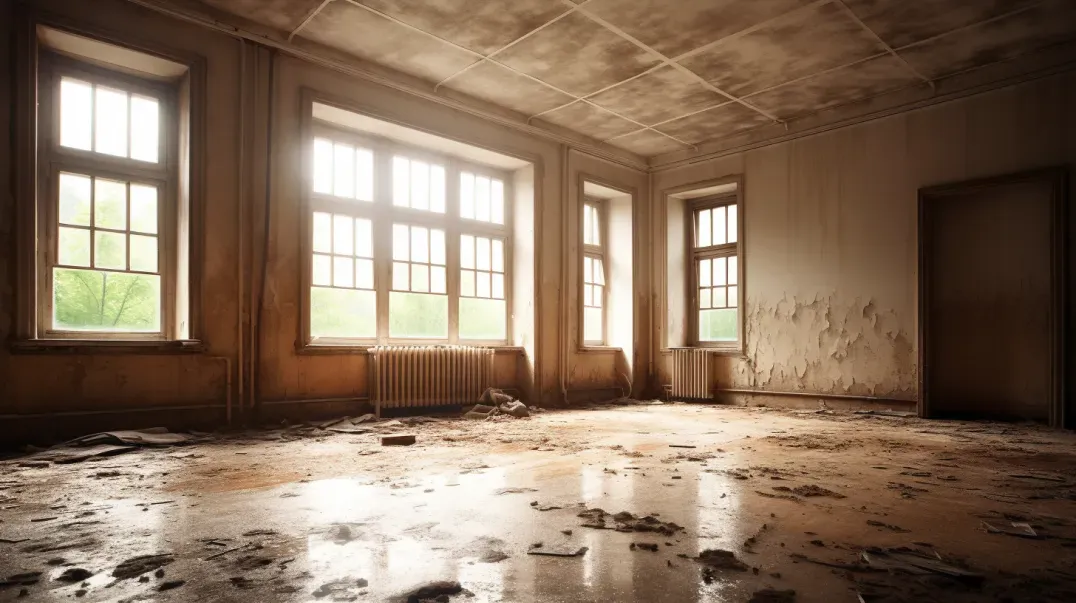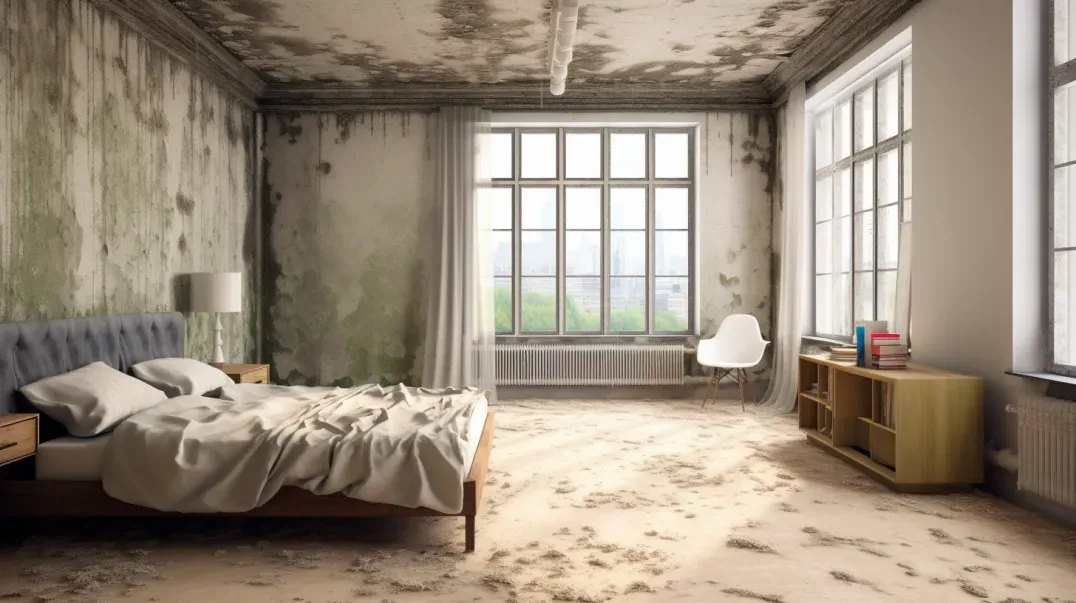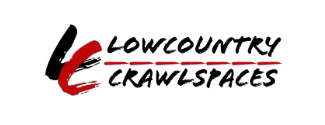Crawl Space Mold and Air Quality
Mold in crawl spaces is a common yet often unnoticed problem in many homes. This blog aims to bring attention to the prevalence of mold in these hidden areas and its significant impact on indoor air quality. Crawl spaces, due to their typical conditions of darkness, moisture, and limited airflow, provide an ideal breeding ground for mold. The presence of mold in these spaces is not just a structural concern but also a major contributor to the quality of air we breathe indoors.
Understanding the dynamics of mold growth in crawl spaces is crucial for homeowners, as it directly affects the health and well-being of the household. Mold spores, which are microscopic and airborne, can easily migrate from crawl spaces into living areas, affecting the indoor air quality. These spores carry allergens and, in some cases, toxic substances that can cause a range of health issues, particularly for those with allergies, asthma, or other respiratory conditions.
In this blog, we will delve into how mold finds its way into crawl spaces, the conditions that encourage its growth, and the pathways through which mold spores can enter the main living areas of a home. We will also explore the implications of mold presence in crawl spaces on the overall indoor air quality, highlighting why it's a concern that homeowners cannot afford to overlook.
Join us as we uncover the hidden world of mold in crawl spaces, its impact on indoor air quality, and the steps homeowners can take to mitigate this issue. Whether you are currently dealing with a mold problem or looking to prevent one, this blog will provide valuable insights and practical advice for maintaining a healthy and mold-free home environment.
The Science of Mold Growth in Crawl Spaces
Understanding the science behind mold growth, particularly in crawl spaces, is essential for homeowners to effectively manage and prevent this common issue. This section of the blog provides foundational knowledge about mold, including its types and conditions for growth, and explores the specific factors in crawl spaces that make them conducive to mold proliferation.
What is Mold?
Mold is a type of fungus that plays a crucial role in the ecosystem by decomposing organic matter. However, when it grows in homes, particularly in crawl spaces, it can become a problem. Here’s some basic information about mold:
- Characteristics: Mold reproduces through tiny spores that float in the air and can grow on various surfaces, especially in moist environments.
- Types of Mold: There are numerous mold species, but common types found in homes include Aspergillus, Penicillium, Cladosporium, and Stachybotrys chartarum (often known as black mold).
- Growth Conditions: Mold thrives in environments with moisture, warmth, and a food source (such as wood, paper, or fabric). It can start growing within 24 to 48 hours under the right conditions.
Conditions in Crawl Spaces Conducive to Mold Growth
Crawl spaces often create the perfect environment for mold growth due to several factors:
- High Humidity: Crawl spaces can have higher humidity levels, especially if they are poorly ventilated or if there is ground moisture seeping in.
- Lack of Ventilation: Many crawl spaces are not well-ventilated, leading to stagnant air and moisture buildup, which are ideal for mold growth.
- Condensation: The temperature difference between crawl spaces and the outdoor air can lead to condensation, providing the moisture that mold needs to grow.
- Organic Materials: Crawl spaces often contain organic materials like wood and insulation, which serve as food sources for mold.
By understanding the nature of mold and the conditions in crawl spaces that promote its growth, homeowners can take informed steps to prevent mold issues, ensuring a healthier living environment.
How Mold in Crawl Spaces Affects Indoor Air Quality
The presence of mold in crawl spaces is not just a localized issue; it has broader implications for the indoor air quality of the entire home. This section of the blog explores how mold spores from crawl spaces can circulate throughout a home and the health implications associated with inhaling these spores.
Mold Spores and Air Circulation
Mold growth in crawl spaces can significantly impact the air quality of a home through the circulation of mold spores. Here’s an overview of this process:
- Release of Spores: Mold in crawl spaces produces spores, which are tiny and lightweight, allowing them to become airborne easily.
- Circulation Throughout the Home: These spores can circulate throughout the home via the HVAC system or through natural air movement. Even small openings or cracks can allow the transfer of spores from the crawl space to living areas.
- Accumulation in Living Spaces: Once in the air, mold spores can accumulate in various parts of the home, particularly in areas with poor ventilation, contributing to indoor air pollution.
Health Implications of Poor Air Quality Due to Mold
Inhaling mold spores that have circulated into the living areas of a home can lead to various health issues. Here are some of the risks associated with poor air quality due to mold:
- Allergic Reactions: Many people are allergic to mold spores. Exposure can lead to symptoms such as sneezing, runny nose, itchy eyes, and skin rashes.
- Respiratory Problems: For individuals with respiratory conditions like asthma or chronic lung diseases, inhaling mold spores can exacerbate their symptoms, leading to breathing difficulties, wheezing, or coughing.
- Long-Term Health Effects: Prolonged exposure to mold spores can potentially lead to more serious health issues, including respiratory infections and heightened sensitivity to mold.
Understanding the way mold in crawl spaces can affect indoor air quality and the associated health risks is crucial for homeowners. This knowledge underscores the importance of addressing mold issues promptly and effectively to maintain a healthy indoor environment.
Identifying Mold Issues in Crawl Spaces
Detecting mold in crawl spaces is a crucial aspect of home maintenance, as these hidden areas are often prime locations for mold growth. This section of the blog focuses on how homeowners can recognize the signs of mold in crawl spaces and understand when and why to seek a professional mold inspection.
Signs of Mold in Crawl Spaces
Recognizing mold in crawl spaces can be challenging due to their often inaccessible nature. However, there are visible and olfactory signs that can indicate the presence of mold:
- Visible Signs: Look for discoloration or fuzzy growth on walls, floors, or other surfaces in the crawl space. Mold can appear in various colors, including black, white, green, or yellow.
- Olfactory Signs: Mold often produces a distinct musty, earthy smell. If you detect such an odor emanating from your crawl space, it’s a strong indicator of mold growth.
- Water Damage: Signs of water damage, such as water stains, warping, or peeling materials, can also suggest the presence of mold, as mold thrives in moist environments.
Professional Mold Inspection
While homeowners can perform initial checks for mold, there are situations where a professional mold inspection is necessary:
- When to Consider: If you notice any signs of mold, or if you have persistent moisture issues in your crawl space, it’s wise to consider a professional inspection. Additionally, if you or your family members are experiencing unexplained allergic reactions or respiratory issues, it could be due to mold.
- Why It’s Important: Professional mold inspectors have the expertise and equipment to conduct a thorough inspection, reaching areas that may be inaccessible to homeowners. They can accurately assess the extent of the mold problem and advise on the appropriate course of action.
- Benefits: A professional inspection can provide peace of mind, ensure accurate identification of mold types, and help in formulating an effective remediation plan. This is particularly important in preventing the spread of mold to other parts of the home and addressing any underlying moisture issues.
Identifying mold issues in crawl spaces and understanding when to seek professional help are key steps in maintaining a healthy living environment and protecting your home from potential mold-related damages.
Strategies for Controlling Mold in Crawl Spaces
Effectively controlling mold in crawl spaces is essential for maintaining the structural integrity of your home and ensuring a healthy living environment. This section of the blog focuses on practical methods to enhance ventilation and moisture control, which are key strategies in preventing mold growth in these often-neglected areas.
Improving Ventilation
Proper ventilation is crucial in managing the air quality and moisture levels in crawl spaces. Here are methods to enhance air circulation:
- Install Vents: Ensure that your crawl space has adequate venting. Vents should be placed strategically around the perimeter to allow for cross-ventilation.
- Use Exhaust Fans: In some cases, installing an exhaust fan can help to actively remove moist air from the crawl space and draw in drier air from outside.
- Consider a Dehumidifier: For crawl spaces with persistent humidity issues, a dehumidifier can be an effective solution to reduce moisture levels.
- Regular Airflow Checks: Periodically check that vents and fans are not blocked and are functioning correctly to maintain consistent airflow.
Moisture Control Techniques
Reducing humidity and moisture is a critical step in preventing mold growth. Here are ways to manage moisture in crawl spaces:
- Address Ground Moisture: Use a vapor barrier on the crawl space floor to prevent ground moisture from entering the space. This barrier should be a thick, durable plastic sheet that covers the entire ground area.
- Fix Leaks and Water Intrusion: Inspect for and repair any sources of water intrusion, such as leaky pipes or cracks in the foundation, which can contribute to higher moisture levels.
- Insulate Pipes: Insulate water pipes to prevent condensation, which can add to the moisture level in the crawl space.
- Manage External Water Flow: Ensure that gutters and downspouts are directing water away from your home’s foundation, and that the landscape slopes away from the house to prevent water accumulation near the crawl space.
By implementing these ventilation and moisture control strategies, homeowners can significantly reduce the risk of mold growth in crawl spaces. Regular maintenance and monitoring of these areas are key to ensuring that they remain dry and well-ventilated, providing a mold-resistant environment.
The Importance of Indoor Air Quality Testing
Indoor air quality is a crucial aspect of a healthy living environment. Poor air quality can lead to a range of health issues and affect the overall well-being of occupants. This section of the blog emphasizes the importance of testing indoor air quality, providing guidelines on how and when to conduct these tests, and offering insights into interpreting the results.
How and When to Test Indoor Air Quality
Regular testing of indoor air quality is essential to ensure a safe and healthy environment in your home. Here are some guidelines for conducting these tests:
- When to Test: It's advisable to test indoor air quality if you notice persistent health symptoms like headaches, allergies, or respiratory problems among household members. Testing is also recommended after any home renovations, if there's a presence of mold, or if you live in an area with high pollution levels.
- How to Test: There are several methods for testing indoor air quality. Homeowners can use DIY test kits for a general assessment. These kits can measure levels of specific pollutants like mold spores, radon, or volatile organic compounds (VOCs). For a more comprehensive analysis, consider hiring a professional service. Professionals use advanced equipment to conduct a thorough assessment of various air quality parameters.
Interpreting Air Quality Test Results
Understanding the results of an air quality test is key to taking appropriate action:
- Reading the Results: Test results will typically provide levels of various pollutants. Compare these levels to the standard guidelines provided by agencies like the EPA or WHO to determine if they are within a safe range.
- Identifying Problem Areas: High levels of certain pollutants can indicate specific issues. For example, high mold spore counts suggest a mold problem, while elevated VOC levels could be due to recent painting or new furniture.
- Taking Action: If test results show pollutant levels above recommended limits, it’s important to take action. This might involve improving ventilation, addressing sources of pollution (like fixing leaks to prevent mold), or making lifestyle changes (like reducing the use of certain chemicals).
- Seeking Professional Advice: For complex issues or if you're unsure how to proceed, consult with indoor air quality professionals or environmental health experts.
Indoor air quality testing is a vital tool in maintaining a healthy home environment. By regularly testing and accurately interpreting the results, homeowners can take informed steps to improve air quality, thereby enhancing the health and comfort of their living spaces.
FAQs
Contact Lowcountry Crawlspaces Today!
Lowcountry Crawlspaces will do everything we can to ensure your experience with us is excellent.
Request A FREE Estimate
CHECKOUT RECENT POST



Schedule Your FREE Crawl Space Evaluation Today
There Is No Crawl Space Job We Can’t Fix!




